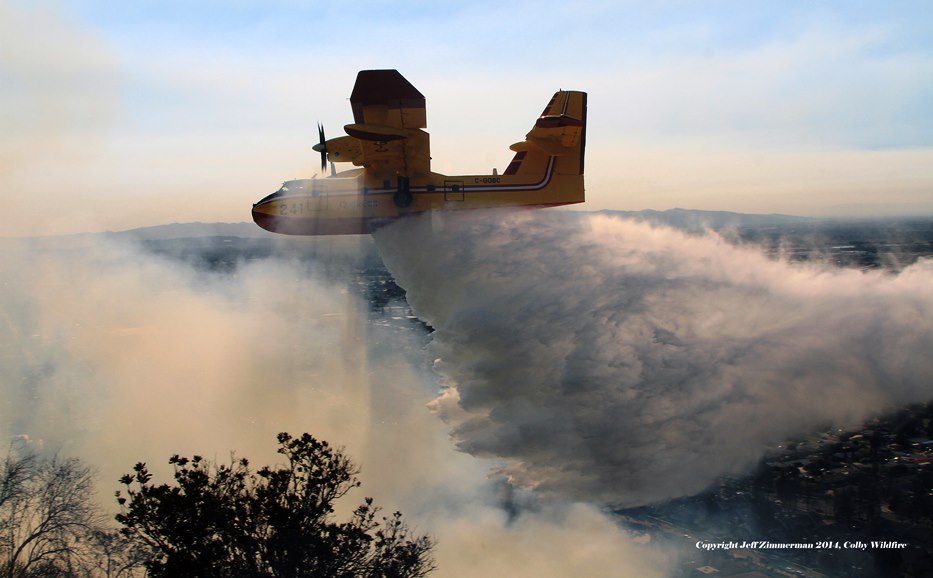Firenado Australia- WILD vision from chris tangey on Vimeo.
In 2012 we posted a video of a fire tornado that was shot by Chris Tangey of Alice Springs Film and Television while he was scouting locations near Curtin Springs station in Australia. Mr. Tangey has produced another version of the video (above) after requests from many fire scientists and meteorologists worldwide who wanted an unedited version.
He explains:
As we approach 2 years since this extraordinary natural event was captured, here is the last version we will release online of the 40 minutes we recorded on September 11 2012. Unlike previous clips this is wild vision at actual speed, a totally unedited and uninterrupted 3 minute “chunk” of the event as it happened. Intended for Fire Scientists, Meteorologists and fire tornado “aficionados”, it allows a more continuous view of the physics behind local atmospheric conditions, and the actual behavior of the vortex of smoke and fire. Best viewed on a large screen with a home theater system, an important point is, regardless of the pictures, this is possibly the first ever time the awesome tornadic sound of a fire whirl has ever been professionally recorded in the wild.





